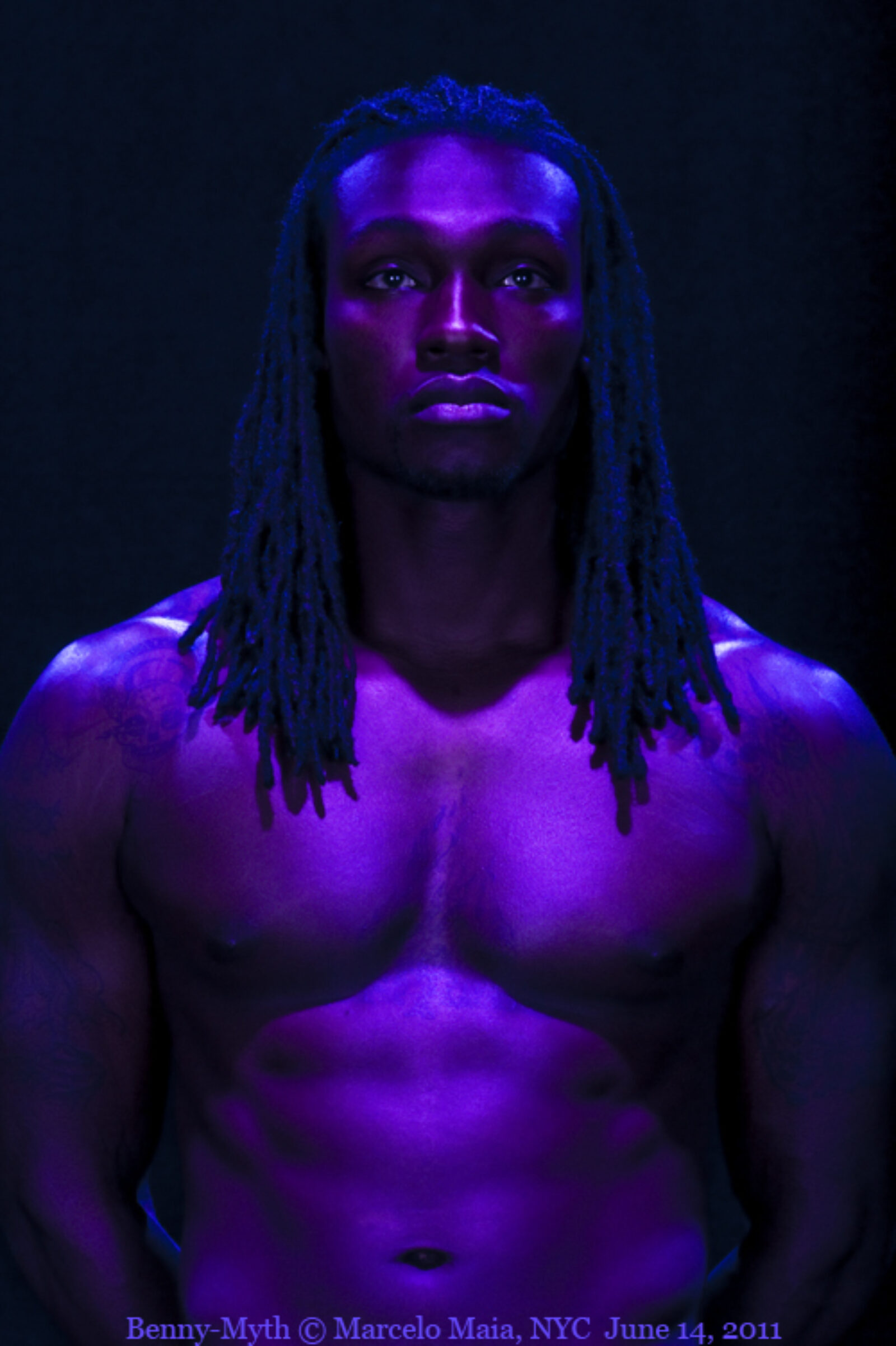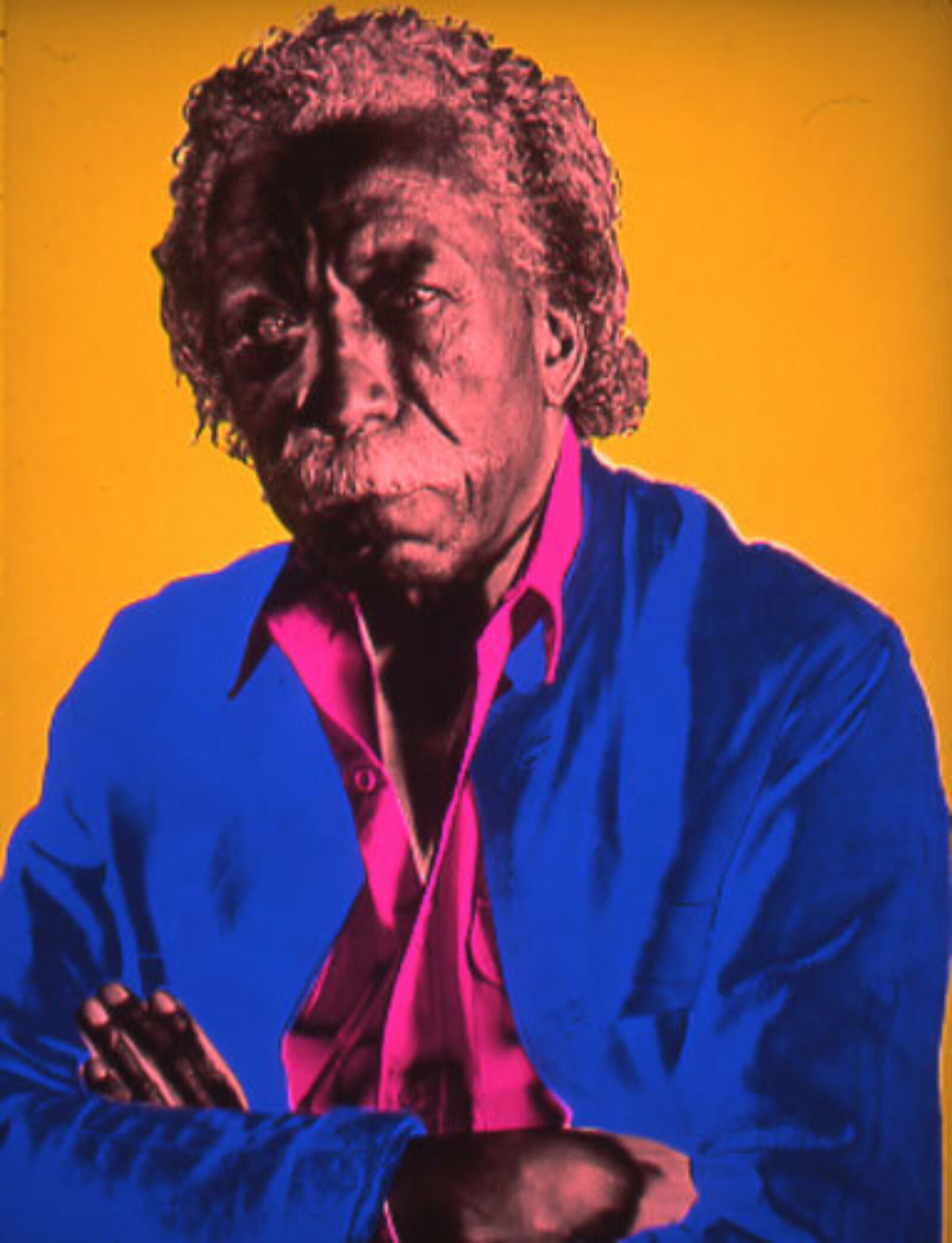

























featured gallery for December 2016
Stay Afloat
We now witness a different America. This happens right as we finally start to behold a shift in LGBT+ rights, along with a stream of consciousness considering the notion of equality for all. Many are angry about the election results; many in fear for their lives and many are becoming or continuing to be ambassadors for the cause. Under the Obama administration I, for the first time in my life felt proud to be an American, I knew he had my back. Though as an activist, and an alumni of ACT UP, I have never lost sight of our continued global fight for justice, to challenge society’s ignorance and to find a cure! It is the 21st century and “AIDS is not over”!
As I scrolled through the amazing portfolios of the artists in the Visual AIDS registry, I am reminded of a quote by James Baldwin, “Art has to be a kind of confession.” These images filled me with laughter, sadness and even hope. They are part of my own family album; they are cherished photographs, videos, paintings and sculptures that speak to my experience as both comrade and artist. From worshiping in clubs to demonstrating on the streets, this use of a visual language wrestles with our integrity and therefore creates a symbiotic thread of our collective lives. These directives are as relevant now as ever.
Red is the color that speaks to the tainted blood, the virus’ stomping ground. It can be clearly seen time and time again, in ACT UP agit prop posters, such as “The Government Has Blood On Its Hands…”. Red is the background for Nancer LeMoins’ Bloodmoney, which adopts symbols pertaining to drug use, urgency towards money and a crystal ball. LeMoins began making art in reaction to testing positive in 1986. Others, like Affrekka Jefferson, Joyce McDonald and Tara Barnes expose their viewpoint with crimson, skulls, and sometimes a simple gesture. Their narratives are crystal clear.
The epoch Nigerian photographer Rotimi Fani-Kayode’s Black Friar speaks to black male identity as well as to his own deviant sexuality. Lit quietly from beneath, wearing what appears to be a robe, this portrait created 27 years ago undoubtedly has significant relevance to the violence and homophobia surrounding black men in America today. In Marcelo Maia’s Benny (from the Myth series of the Sex & Power Project), and Sam Kirk’s Perfect Package, the sentiment of objectification is piercing. In Pink Lips by Morris Lane, the contrast of the lips to skin color is almost psychedelic. The audience gazes at a beautiful androgynous soul. Is the replication a marker to our beloved transgender community?
Antonio Lopez’s contact sheet of Grace Jones, from 1980, reminds us of analog photography, and the method of how we “used to” edit photographs. As one lingers over each image, it is hard not to hear one of your favorite Grace songs, like “Pull Up to the Bumper,” which would be released a year after this photo session. Grace is the epitome of androgyny. She was definitely one of the first entertainers that validated the LGBT+ community and one of the biggest celebrities who helped the parties at the Garage and Peppermint Lounge, to name a couple old stomping grounds, groove and grind. The club scene is a very important part of queer history.
When the massacre in Orlando happened this year, it sent shock waves through our community; I am even getting chills now as I write. The clubs were a safe place, where we could be free to hug, hold and dance, with whom we desired. In Luis Carle’s photograph of a DJ, I am so familiar with being bathed in those saturated colored lights, shining on us, deeming us all the same colors and the creation of life-long bonds on the dance floor. Except for friends of mine, like Ray Navarro, who might have been thinking more along the lines of dancing to Donna Summers’ “Last Dance”? Ray, like many of my friends in the early 90’s, was taken away too soon!
The nighttime is also the setting for Daphne Von Rey’s video TRANSformation, in collaboration with Nathan Noyes. Rey advocates for “innocence and paradise lost”, yet declares, “no one is gonna take my soul away!” She echoes Baldwin; “Life imitates Art”!
“In our work and in our living, we must recognize that difference is a reason for celebration and growth, rather than a reason for destruction.” Reflecting on this quote by Audre Lorde, I know that these sentiments are the way forward. Although, I am honestly a bit anxious about the next four years, I see strength and intelligence in these artists. I love the humor in RALPH HALL’s piece Bassethound, which pictures a fluorescent dog with butt plug. I also salute the tenacity of young artists like Kia Labeija. As seen in all their work, many of the artists in the Visual AIDS Artist+ Registry share the same love of an eclectic bunch of leaders that I do. We stand on the shoulders of heroes, like Harriet Tubman, Gordon Parks, Keith Haring, Jean-Michel Basquiat, Grace Jones, Frankie Knuckles, Lady Bunny, Marlon Riggs, Tina Turner and countless others. Brave hearts are not a new concept; this struggle is part of our DNA.
